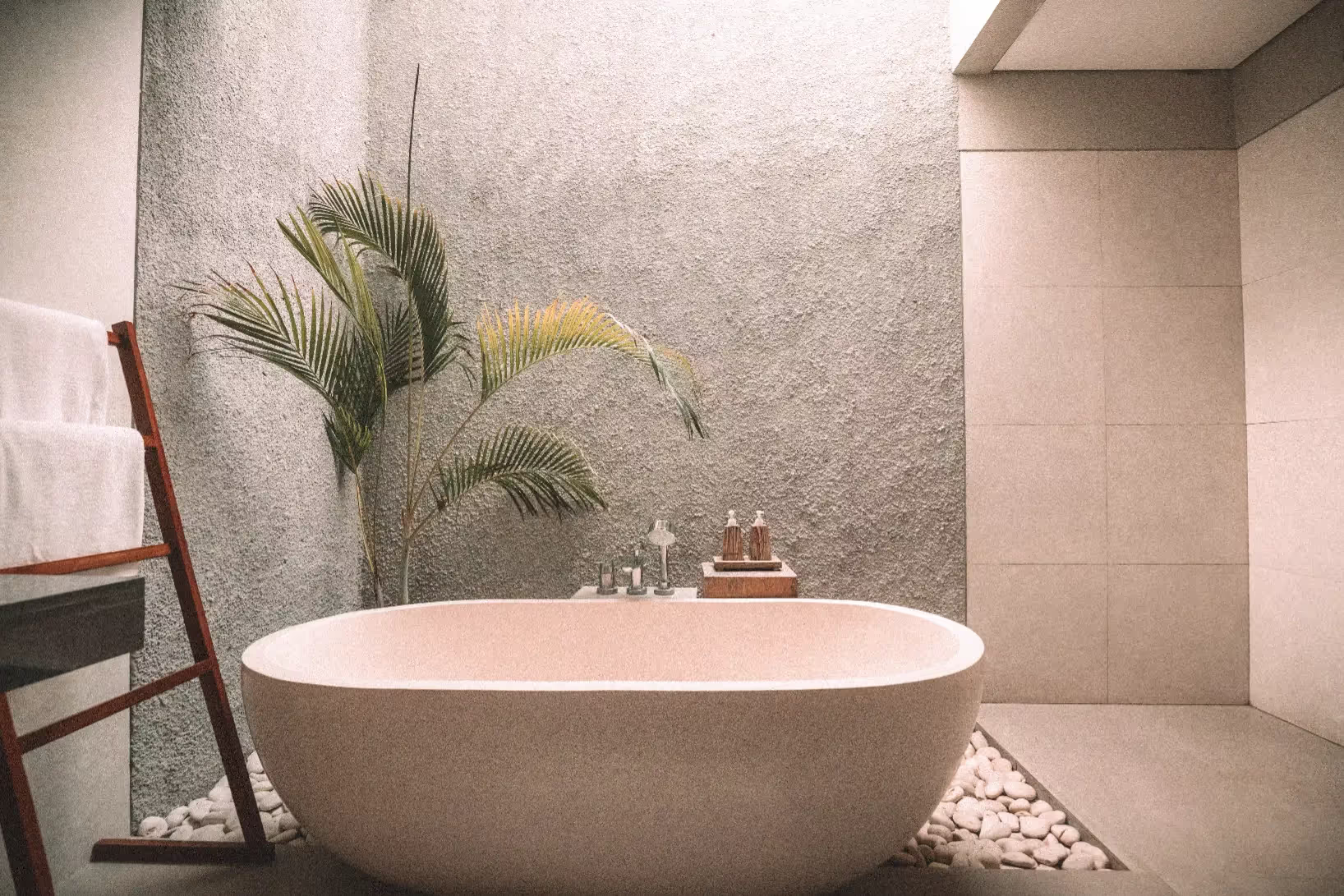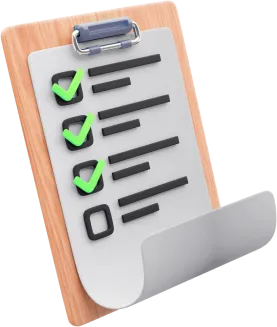Eco-friendly home upgrades that save you money

Implementing eco-friendly measures in homes is not only beneficial for the environment but also for the wallet. While the usual suggestions like LED lights and programmable thermostats are well-known, other less commonly discussed upgrades can make a significant difference.
We will also break down the potential cost-savings of each upgrade, to give you an idea of how much you could be saving.
Let's delve into some of these unique eco-friendly home upgrades:
Invest in a home energy monitor for lowering electricity bill
A home energy monitor is a device that provides real-time data about your home's energy consumption. It helps you identify which appliances use the most power and when your energy use peaks. To implement this, you'd need to purchase a home energy monitor and install it following the manufacturer's instructions. The installation often involves clipping a sensor onto your electricity meter, which sends information to a display that you can view in real-time. The setup is relatively straightforward and does not usually require professional help.
- Unique Factor: Home energy monitors provide real-time feedback on your home's energy use. By identifying power-hungry appliances and peak usage times, you can adjust your habits to save energy.
- How it saves money: Using your appliances more efficiently and cutting back on energy waste significantly reduces your electricity bill. According to NYTimes, who spoke to manufacturers and experts, nearly 10% of annual power bills can be saved after installing a monitor in their households. Engaged people can save up to twice of that. This could bring significant savings over the years.
Opt for exterior solar shades to save on heating costs
Exterior solar shades are essentially blinds for the outside of your windows. They block sunlight and help prevent your home from overheating, which is especially beneficial in warmer climates. To incorporate exterior solar shades, you must purchase shades that fit your windows and install them outside. It's a moderately easy DIY project, although hiring a professional is recommended for precise fitting.
- Unique Factor: Exterior solar shades are installed outside windows to block sunlight and reduce heat gain, which is especially beneficial in hot climates.
- How it saves money: By reducing the need for air conditioning, you'll see substantial savings during hot months. According to energy.gov, about 30% of a home’s heating energy are lost through windows. During cold seasons, installing cellular shades tightly on your windows can reduce heat loss by 40% or even more, according to energy.gov. This means you can save about 10% on your heating energy. In hot seasons, cellular shades can decrease the amount of solar heat entering windows by up to 60%. They can reduce the overall solar gain to 20% when installed well.
Install a greywater system for a lower water bill
Greywater systems take the water that goes down your drains from sinks, showers, and washing machines and reuse it for other purposes, such as flushing toilets or irrigation. Installing a greywater system involves some plumbing work to reroute your pipes, so it's a more involved upgrade. Local codes also vary on greywater use, so you must check local regulations before installation.
- Unique Factor: Greywater systems reuse water from showers, sinks, and washing machines for irrigation and flushing toilets, reducing water waste.
- How it saves money: With a reduction in water usage, you'll see a noticeable decrease in your water bills. According to Greywater Action, the average per person water usage decreased by 17 gallons per day in homes where greywater systems were installed. This means the typical household saved about 14,565 gallons of water annually. Additionally, they found that an overwhelming majority (99%) of system users expressed satisfaction with their greywater systems.
Choose permeable paving for annualized cost savings
Permeable paving consists of a range of sustainable materials and techniques for permeable pavements with a base and sub-base that allow the movement of stormwater through the surface. This can be implemented when installing new driveways, patios, or walkways. It is a more significant project and typically requires professional installation.
- Unique Factor: Instead of traditional concrete or asphalt, consider permeable paving for driveways or walkways. It allows rainwater to pass through it, reducing runoff and recharging groundwater.
- How it saves money: By reducing the need for complex drainage solutions and mitigating potential water damage to your property, permeable paving can provide long-term savings. Researchers at the University of California, Davis conducted a study revealing that permeable pavers require significantly lower maintenance costs than traditional pavement. Considering both the initial investment and ongoing expenses, using permeable pavers resulted in an annualized cost savings of around $3 per square foot, translating to a cost reduction of 17%.
Replace old windows with energy-efficient models
Energy-efficient windows are designed to prevent heated or cooled air from escaping your home. Their installation involves removing and replacing old windows with new ones - a process best done by a professional. It's a considerable investment but one that will pay off over time in energy savings and improved home comfort.
- Unique Factor: While this is often overlooked because of the significant investment, replacing old, single-pane windows with energy-efficient models can substantially affect your home's energy use.
- How it saves money: Improved insulation from these windows reduces the strain on your HVAC system, leading to lower energy bills.
Adopt green roofing solutions for electricity savings
Green roofing solutions include installing a garden with plants and vegetation, painting your roof white to reflect sunlight (cool roofing), or using solar roof tiles. Each option has different installation requirements, with a green roof being the most complex and a cool roof being the simplest. Each of these solutions would likely require professional installation.
- Unique Factor: Green roofs, cool roofs, or even solar roofs can significantly increase your home's energy efficiency.
- How it saves money: They reduce the need for heating and cooling, leading to considerable savings on your energy bills. Compared to conventional roofs, green roofs have been found to lower building energy consumption by 0.7% according to the United States Environmental Protection Agency. This reduction in energy use helps decrease peak electricity demand and results in an annual cost savings of $0.23 per square foot of the roof's surface.
Try a tankless water heater for energy efficiency
Unlike traditional water heaters that constantly heat a tank of water, tankless water heaters heat water on demand, making them more efficient. Installation involves removing your old water heater and installing a new one, typically done by a professional plumber. The project requires an upfront investment but can save significant energy over time.
- Unique Factor: Tankless water heaters only heat water when you need it, making them more efficient than traditional models with storage tanks.
- How it saves money: You can save on your utility bills by reducing energy waste. Although the costs are initially higher, most tankless water heaters have a life expectancy of over 20 years. According to energy,gov, if a household's hot water usage is 41 gallons or lower per day, tankless water heaters can provide an energy efficiency advantage of 24% to 34% compared to conventional storage tank water heaters. For homes with higher hot water usage, around 86 gallons per day, demand water heaters can still offer energy savings of 8% to 14%.
Incorporating these eco-friendly home upgrades involves varying time, investment, and complexity levels. They all have the potential to significantly reduce your home's environmental impact and save you money in the long term, which is a win in our book!
Here are some additional ideas you might be interested in when considering a home upgrade:
12 product investments for a healthier home in 2023
10 surprising home features that sell for more than you’d expect
7 home remodeling projects for boosting your home’s value
Please note that these ideas are intended for brainstorming and informational purposes and may not reflect savings in every situation. We strongly advise conducting additional research and consulting with relevant professionals before making major home or property decisions or valuations. Remember, thoughtful planning and tailored solutions are key to successful home projects. By considering these options, you're taking a step towards creating a sustainable home that benefits the planet and your pocket.
Did you enjoy this article? Share it with a friend or family if you found any helpful takeaways! And if you have any questions or would like to collaborate, please email [email protected].





.jpeg)








.jpg)





















































































